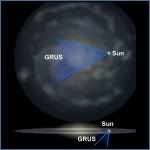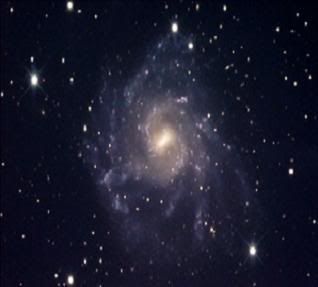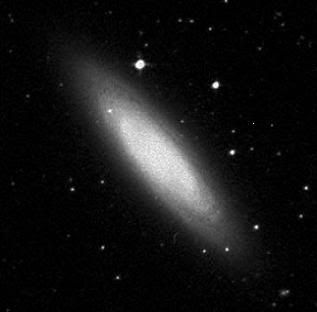Post by glactus on Feb 17, 2008 8:07:52 GMT

Grus is a distinct constellation of the southern hemisphere and can be found just south of Piscis Austrinus.

Until the 17th century, this constellation was considered part of Piscis Austrinus. The Arabic names of many of its stars reflect this classification. Since it was created in the 17th century, there is no earlier mythology associated with it.
Notable stars are:
Alnair is the brightest star in the constellation with a magnitude of 1.7. It is a white and light bluish star of spectral class B5. Distance from us is 101 light years.
Beta gruis is a giant star that varies irregularly in magnitude from 2.0 to 2.3. The estimated mass is about three times that of the Sun. The total luminosity is about 3,800 that of the Sun. Distance from us is 170 light years.
Aldhanab has apparent magnitude 3.01 and is a blue giant belonging to spectral class B8III. The luminosity of Aldhanab is neary 210 times that of the Sun. It is approximately 203 light years from Earth.
Grus offers many galaxies for deep sky observers. However, they are all about 12th magnitude or fainter and so hard to identify with small scopes.
Notable objects are:

NGC 7424
In spite of its large 10 x 8 arcmin size, this nice spiral galaxy has low surface brightness. Turbulent atmospheric conditions make imaging and processing a challenge and caused an overall softness to the final result.

NGC 7418
NGC 7418 is a very large face on spiral galaxy quite bright, gradually brightening a little toward the middle and extending westward. Magnitude is 11.4.

NGC 7410
This is a semi edge on spiral. A regular type of cigar shaped faint galaxy with Some brightness towards it's centre. magnitue is 11.

credits:
grus map: wikipedia
en.wikipedia.org/wiki/Grus_(constellation)
small map: wingmakers
home.xtra.co.nz/hosts/Wingmakers/Grus.html
image: 7418. 74424.7410
www.spiral-galaxies.com/Galaxies-Grus.html


